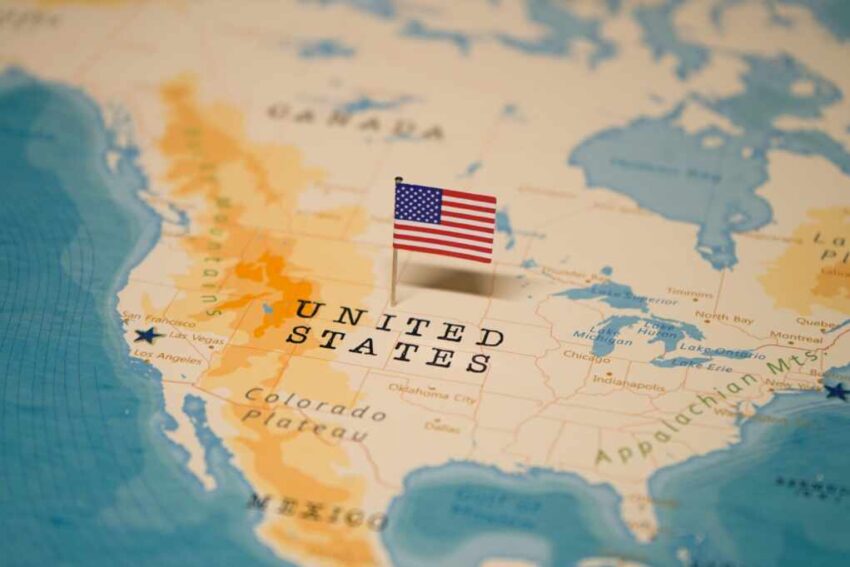A recent analysis highlights that U.S. states vary dramatically in their safety from nuclear fallout, sparking fresh urgency about shelter preparation and survival strategies.
At a Glance
- West and East Coast states are considered safest due to lower fallout risks.
- Midwest states like Montana and North Dakota face highest risks from missile silos.
- Proper fallout shelters require significant shielding to block radiation.
- Potassium iodide tablets are crucial for reducing thyroid cancer risks.
- Historical Cold War shelters provide practical blueprints for modern survival.
Fallout Risk Across America
Recent geopolitical tensions have reignited concerns over nuclear safety across the United States. According to a detailed risk assessment featured on MSN, states along the West Coast (California, Oregon, Washington) and East Coast (Florida, Maine, Tennessee, Alabama, Ohio) have lower immediate fallout risks compared to central states. The Midwest, particularly states like Montana, North Dakota, Nebraska, Kansas, and Wyoming, is notably high-risk due to numerous missile silos and prevailing winds that could spread radioactive debris extensively.
However, even states considered safer are not guaranteed refuge from longer-term global impacts such as nuclear winter and widespread humanitarian crises.
Watch a report: How to Build a Modern Fallout Shelter.
Shelter Essentials and Survival Tips
Fallout shelters remain the most effective protection against radioactive debris following a nuclear blast. Historical manuals such as the Nuclear War Survival Skills guide—originally published in 1979 and updated as recently as 2022—stress the importance of robust shielding. Effective protection typically requires at least one meter of compacted earth or equivalent dense materials such as concrete or lead to significantly reduce gamma radiation exposure.
Ventilation is another critical component. DIY solutions like the Kearny air pump, detailed extensively by civil defense experts, are preferred over less reliable electric systems due to their efficiency and durability in prolonged crisis scenarios.
Furthermore, stocking adequate survival supplies—including non-perishable food, water, medical supplies, sanitation essentials, and potassium iodide (KI) tablets—is crucial. KI tablets can dramatically reduce the risk of thyroid cancer by blocking radioactive iodine uptake if administered shortly after exposure.
Cold War Lessons Revisited
During the peak of the Cold War, the U.S. government facilitated the construction of hundreds of thousands of fallout shelters, though many have since been abandoned or repurposed. Today, companies such as Atlas Survival Shelters provide modernized shelter solutions built from reinforced concrete and galvanized steel, designed for comfort and practicality.
Yet, experts continually emphasize that location matters significantly. While shelters can dramatically improve survival odds, being geographically distant from potential nuclear targets—primarily missile installations—is equally crucial.
Ultimately, preparation, informed by historical experience and contemporary survival guidelines, remains the best defense against nuclear catastrophe.
Click this link for the original source of this article.
Author: Editor
This content is courtesy of, and owned and copyrighted by, https://thecongressionalinsider.com and its author. This content is made available by use of the public RSS feed offered by the host site and is used for educational purposes only. If you are the author or represent the host site and would like this content removed now and in the future, please contact USSANews.com using the email address in the Contact page found in the website menu.








